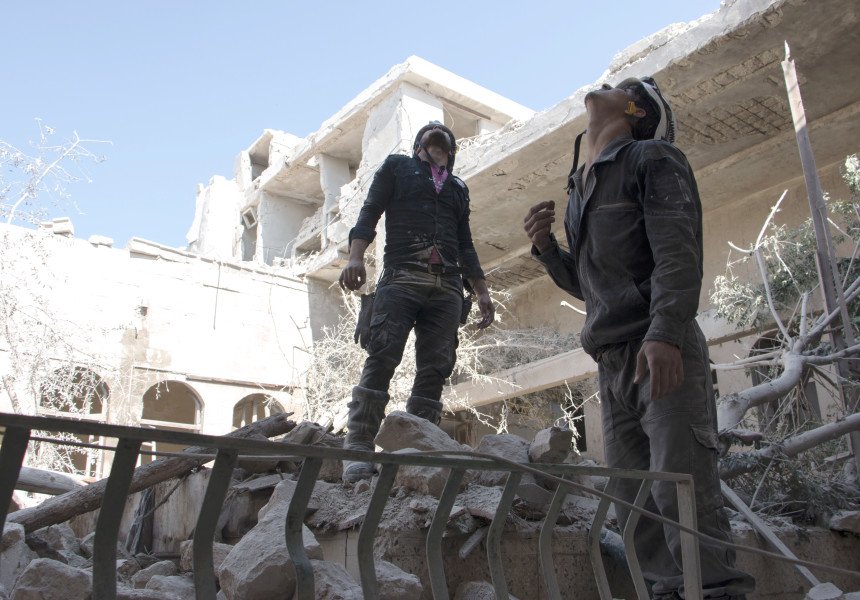SUMMARY
Clearing the rubble from Aleppo and protecting its inhabitants from future environmental risks are going to be serious challenges. Unexploded bombs, toxic hazards, likely shortages of funds and almost certain mismanagement could well plague the process but could be avoided with the right planning. The extent of destruction in Aleppo is better known than in almost any previous city harmed by war. We have thousands of photographs of destroyed buildings and satellite images show the extent of damage across the city. In some neighbourhoods the debris is piled as high as the buildings.
The starting point of reconstruction is clearance. At first glance this should not be too great a challenge. Aleppo is a fairly flat and accessible city. Outside the Old City, most areas can be easily reached by heavy equipment that can remove debris rapidly. Asbestos and other mineral fibres were not widely used in construction and so some of the worst toxic dangers will be manageable. Much of the rubble can be pulverized and recycled as roadbed or aggregate for concrete. Areas outside the city are not densely populated and therefore it should be possible to find sites to dump debris safely and with minimal impact.
But problems will arise:
• Donors are often reluctant to help with rubble clearance. It lacks the upbeat agenda many want to present to governments. Private philanthropists are always more interested in prestige projects such as building schools or libraries, regardless of what is actually needed on the ground.
• Rubble from bombing often contains unexploded ordinance (UXO) that must be cleared first. Concrete dust can contain contaminants from explosives that represent a toxic risk.
• Rubble tends to be cleared from the wrong areas first, hindering the reconstruction of much needed housing and trapping the poor in areas that are cut off from vital services.
• Clearance is often done in a piecemeal fashion, creating small cleared plots but not opening up access to wider areas.
• Rubble can be dumped in an uncontrolled manner leading to environmental problems, flooding if carelessly dumped in rivers or drains, and can worsen land disputes.
• Generally there is more rubble than can be recycled but there is often no plan for effective disposal of what remains.
• Rubble from historical areas is cleared too quickly, preventing stone from being recycled in reconstructed building. Valuable items are often looted.
• Rubble clearance can be an important employment generator at a time when jobs are urgently needed but only if training has already taken place.
A number of recent cases such as Haiti and Gaza illustrate the problems. Not all of these are likely to occur in Aleppo but the lessons are clear and it will be important to develop a plan for removing debris from the city to allow for reconstruction.
To download the full report, please click one of the following:
Clearing Rubble (High Quality, 1.4 MB)
Clearing Rubble (Low Quality, 500 KB)
 The Aleppo Project
The Aleppo Project